ACL Deep Dive: Ultralight
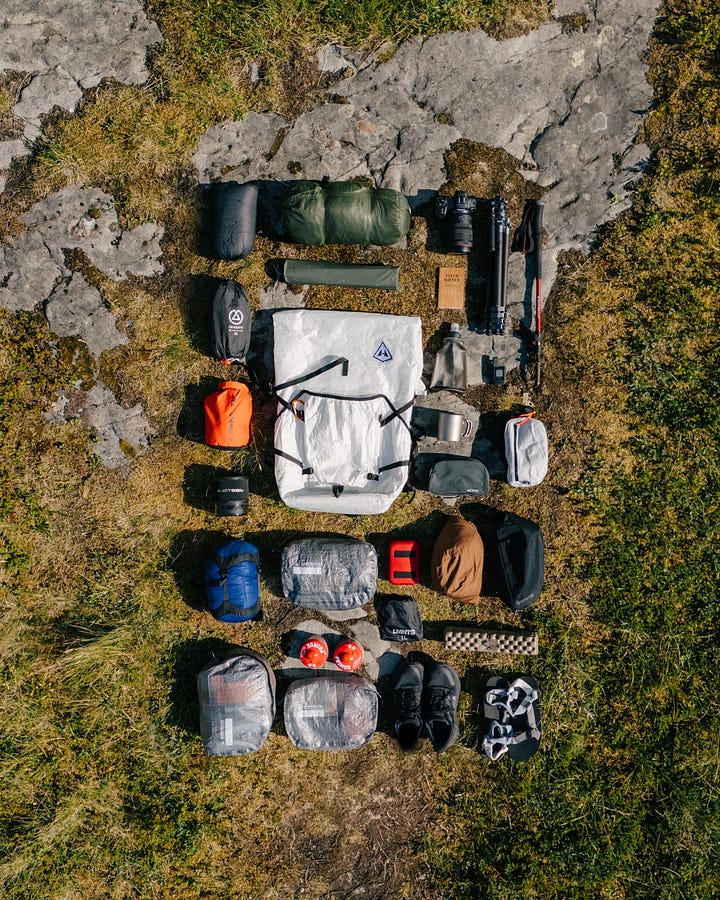
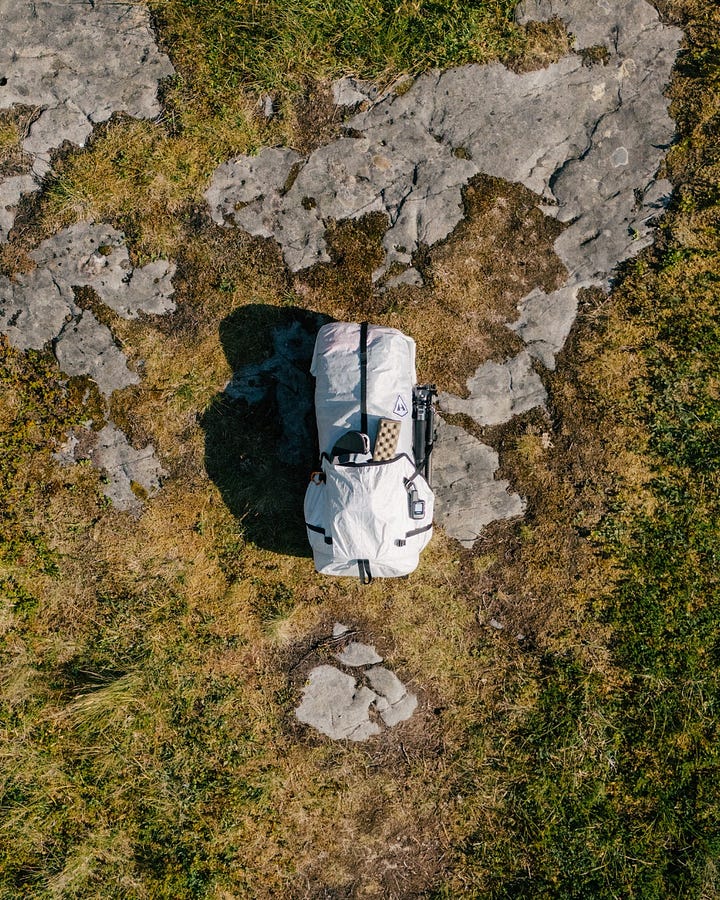
Roughly twice a year, I become obsessed with some random thing or another. Then I go down the rabbit hole of YouTube and internet indexing with a final destination of hyper-specific niche gear. Many of these rabbit holes are highlighted over at The Material Review, where, together with my co-pilot Taylor Stacey (who also co-authored this deep dive), we have zoomed in on ultralight hiking gear briefly in the past. It’s a wild world full of highly specialized stuff where the details make a big difference. Every gram adds so much to one of these long-distance hikes and every item included is a trade-off off so considerations need to be made.
My interest in long-distance thru hiking showed up after reading Bill Bryson’s A Walk in the Woods. At one point, I watched a two-hour documentary on YouTube of some guy’s entire PCT hike. That’s when I started geeking out on the gear, and I noticed that it’s a world unto itself. A lot of this stuff is highly specialized, and like those crazy people in Leadville, a lot of it is made in the USA by very small companies most people have never heard of. This mix of highly specific and indie-made in the USA makes all of this equipment a dream, even if you never hike a day in your life. After several orders and copious amounts of browsing at Garage Grown Gear it’s hard to deny that this stuff is worth a closer look. Let’s get into it.
Obviously no one here is an expert (head to see the nutters on Reddit or LighterPack for that), but it did feel like the ultralight world does deserve a closer look. The real question I ask myself is: how can this gear be used in regular life for someone who will probably never sniff the PCT? There are real-world off-trail applications and mindsets that can be beneficial. Even Coggins is making decisions about packing light and we know he doesn’t even know what thru hiking is.
A critical determination for the ultralight hikers is to measure the pain of carrying something versus the comfort that said item would provide. This mindset is so pervasive in thru-hiking because the stakes of distance and time are so intense. Often, people don’t bring camp stoves or so many other basic things that you would think they would absolutely need because of the weight and bulk. I mention this because I think we all could do a better job of making packing decisions in our everyday lives.
Thinking back on when I went to Italy a few summers ago with one bag, I could have very easily brought much less than I did. Because of all of this ultralight creeping I have done, I now go through bags before I leave and take out 30-40% of what I am bringing. I want to eliminate things I know aren’t really going to make a difference. Nothing will make a need more evident than not having something. So my policy is to experiment and take chances to see what’s essential and what’s not. To add a further wrinkle to all of this, I want to travel and not look like I work at REI, so doing ultralight with style is a different level of this stuff. I like the game and the challenge.
Being a parent, traveling with the amount of stuff that kids need really helped to bring about new perspectives on packing, and I would forgo things and be unencumbered. Below are some items straight from the ultralight world that translate perfectly to everyday travel.
Ultralight Bags and Stuffsacks
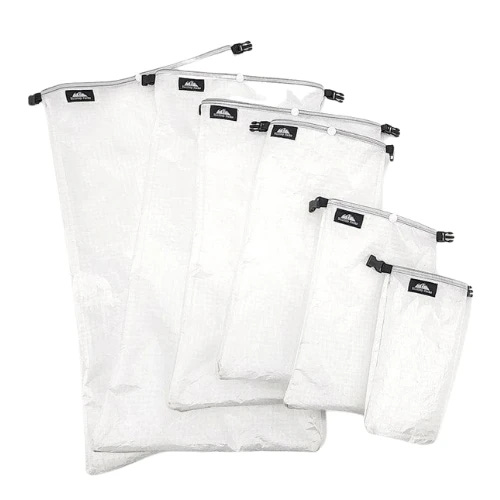
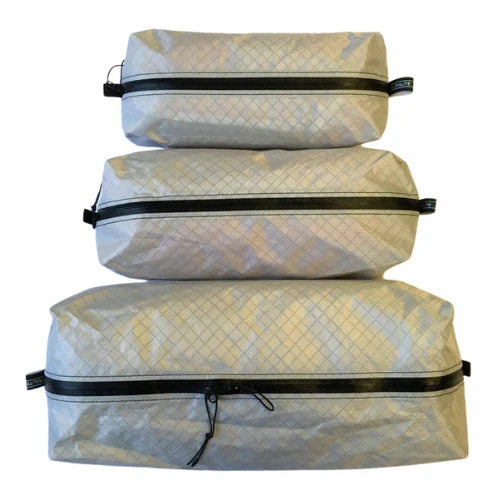
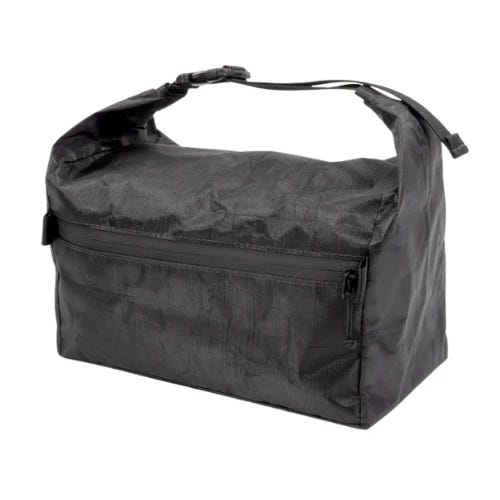
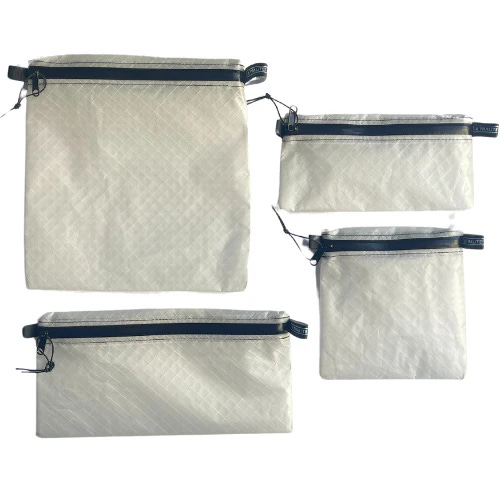
These Dyneema bags and pouches are an obvious thing to incorporate into everyone’s packing program. There are a lot of non-ultralight options for these types of things, but I find that these things are better for a few reasons. They are rugged so won’t fall apart, there are a lot of size options, and they are water resistant, so could be a streamlined dopp kit. Of course, they are light, and a few of them don’t add much weight. I use these for personal items, camera stuff and chargers/cables.
Norda Trail Running Shoes
I bought these hiking shoes for Scotland this summer and love them for their versatility. They will be perfect for any hiking or moving around, touring, etc., over there. I will also play golf in them, and can use them for travel as needed. The best part of all of this versatility is the fact that when one pair of shoes can play three roles, it means you potentially only need to bring one other pair of shoes, which drastically reduces the amount of gear you need to be hauling around.
Super Light Nitecore Power Bank
I don’t usually love the idea of carbon fiber things, but having a light and powerful battery when on the go is worth it. These Nitecore power bricks are standard issue with a lot of long-distance hikers for obvious power needs. I personally never pack a bag without bringing a backup battery and if you can shave some weight (and bulk) that’s a good move if you ask me.
Going deeper, it's not hard to appreciate just how jam-packed this little sector of the gear world is with impressive brands focused on making good things. While the history of gear development itself is enough to get lost in, the endless options can make it hard to figure out where to start building your own setup. (Again, not that you need to have an actual setup or a plan to ever be in the wilderness. Let’s not let our lack of hiking keep us away from such a wonderful universe of gear.)
Referred to as “The Big 3”, ultralight gear systems are broken down into three categories. 1. Sleep 2. Backpack and 3. Shelter. These are the three legs of the stool when it comes to ultralight gear.
The obvious big-box places like REI or Backountry have all of these, but there are also several good brands that offer full systems. A favorite in the premium category is Hyperlite Mountain Gear. They hit the perfect balance of design-focused and material-driven without coming across too techy or inaccessible. Other good options are Pa’Lante, Outdoor Vitals, Gossamer and Zpacks. Those looking to take it to more extreme levels can look into bespoke backpacks from places like the Saville Row trained folks at Cimoro or if you can get past the unfortunate name, LiteAF.
If you’re looking for something more affordable while still avoiding the Amazon deathtrap: Kelty, Sierra, and the Europe-based Decathlon are solid places to start. Also, Montbell is an incredible resource for apparel, and they have a US-based store with North American sizing.
Category-specific brands worth checking out:
Sleep: Feathered Friends makes quality sleeping bags in Seattle. Enlightened Equipment also makes great sleeping quilts and pads.
Shelter: Colorado-based Big Agnes and the OG tentmakers Hilleberg have tents for just about any scenario you can think of. Hammock Gear out of Columbus, OH, has tons of different options as well.
Backpacks: In addition to the previously mentioned options, NYC’s Allmansright, Ula and Gregory are all great brands that would be hard to go wrong with.
While the list is quickly dwindling, there’s also a ton of indie outfitters that are excellent resources. A few options:
Garage Grown Gear (as mentioned above; a favorite)
This still only scratches the surface of everything out there, but there are worse ways to kill an hour or three. See you out on the trail (or the Delta Sky Club).





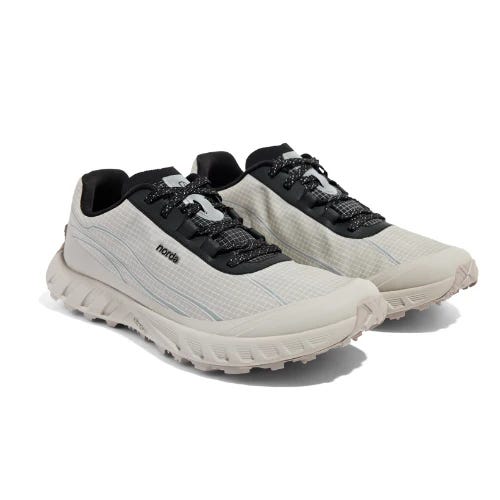
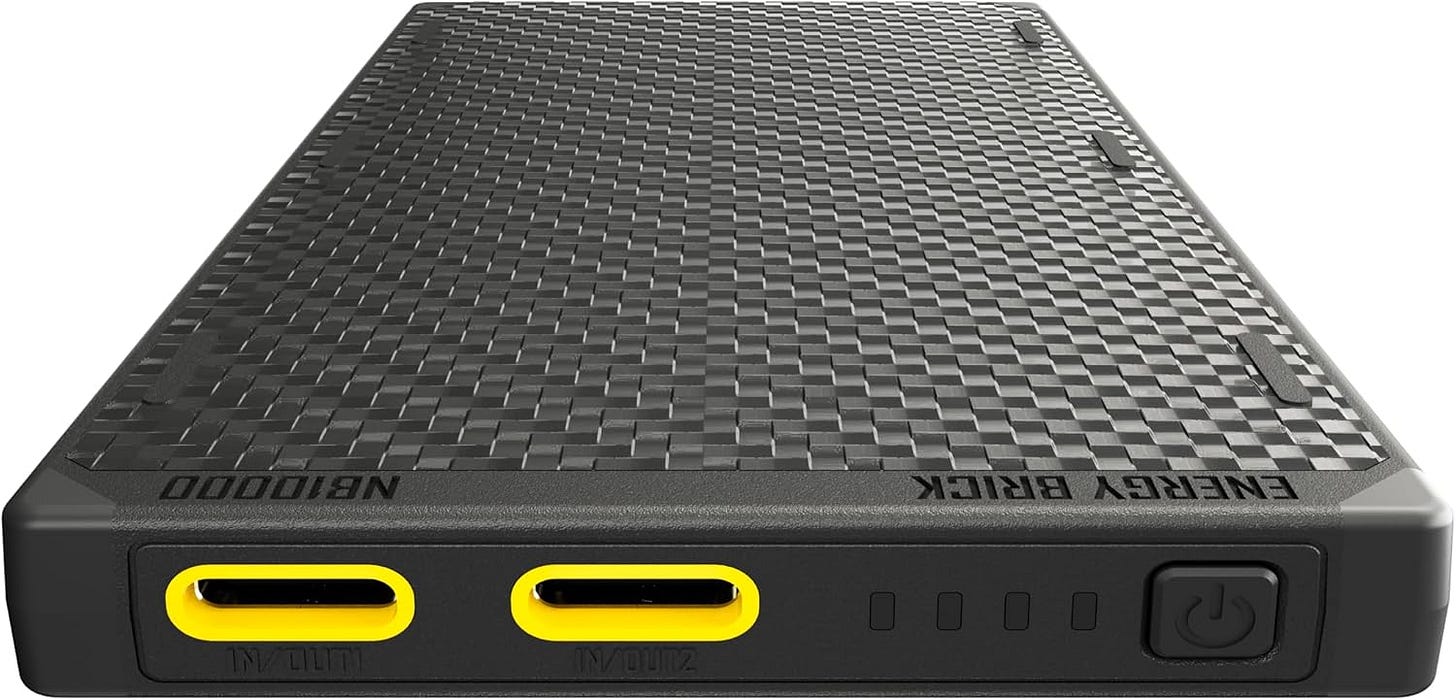

Ultralight of course gets to a bigger truth that small decisions compound into bigger results.
Michael, this is a great post, and I'm glad I'm not the only one scouring GGG website on repeat. They have so many ingenious products made by real backpackers out in the field. I wanted to share that Matador has excellent travel supplies that I use in my dopp kit, and I used their products when I rafted down the Grand Canyon.